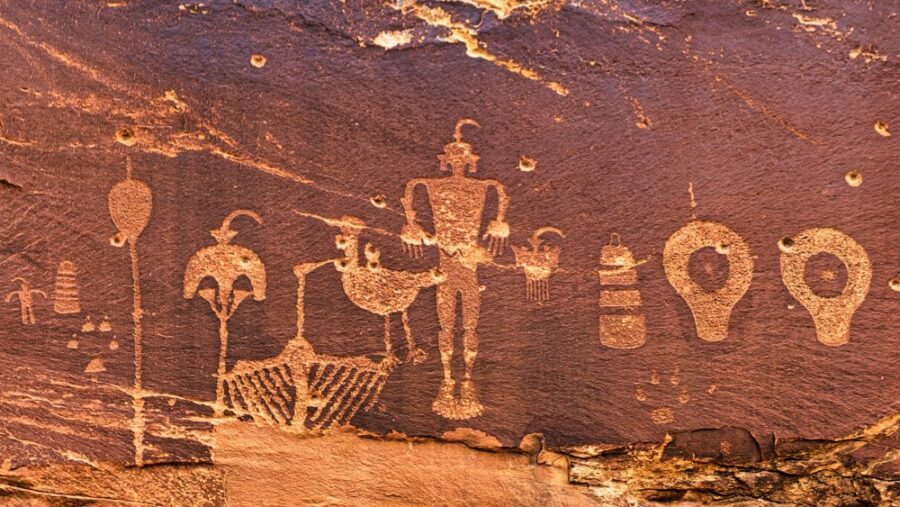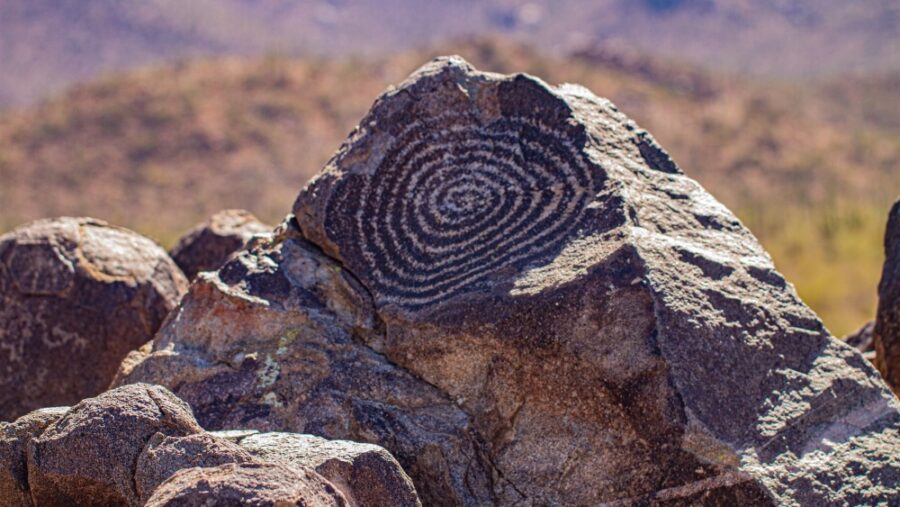Ancient Rock Carvings Mystery Revealed After Thousands Of Years

If you’ve ever been hiking in the mountainous regions of the United States, then you’ve probably come across ancient rock carvings fossilized in boulders strewn across the trails. While these petroglyphs are fun to come across while on an outdoor excursion, they can also tell us a lot about the ancient civilization that lived in these areas long, long ago. Recently, a study on petroglyphs carved into rocks in Colorado suggests that these spiral shapes could have been an ancient calendar used thousands of years ago.
Researchers from Jagiellonian University in Poland have made a groundbreaking discovery in the Castle Rock Pueblo settlement in Colorado. While archeologists believed they already knew so much about this area on the Colorado-Utah border, hints from locals suggested they climb higher into the mountains to possibly uncover something new. After exploring the higher, less accessible parts of the canyons, the team uncovered previously unknown ancient rock carvings, including spirals believed to be calendars.
Among the ancient carvings are spirals up to a meter in diameter believed to function as ancient calendars.
The recently revealed ancient carvings span approximately 4 kilometers and offer new insights into the lives of the ancient Pueblo people over 3,000 years ago.
Despite extensive prior studies involving excavations, geophysical surveying, and digitalization, archaeologists had not found these ancient carvings before. But thanks to the local community, researchers were able to discover the intricate lines, swirls, and designs etched into the rocky walls, about 800 meters above well-known settlements.

Among the ancient carvings are spirals up to a meter in diameter believed to function as ancient calendars. These carved symbols are thought to have played a role in marking special dates and tracking astronomical observations during the 3rd century CE Basketmaker Era. Radosław Palonka, an archaeologist involved on the team, remarked, “I used to think that we studied this area thoroughly, but these findings completely change our perception of the region.”
The newfound ancient rock carvings also challenge previous estimates of the population in the region during the 13th century.
During the Basketmaker Era, the Pueblo people inhabited semi-subterranean pit houses enclosed by wooden stockades, engaging in activities such as farming and crafting mats and baskets. Palonka emphasized the advanced nature of Pueblo culture, noting their mastery in constructing multi-story stone houses reminiscent of medieval townhouses or later blocks of flats.
Additionally, the Pueblo people were renowned for their intricate rock art (now turned into the ancient rock carvings we currently study), as well as ceramics adorned with diverse motifs painted using a black pigment on a white background.
The newfound ancient rock carvings also challenge previous estimates of the population in the region during the 13th century. The researchers suggest that the presence of these calendars and other diagrams may indicate a larger population than previously believed. This revelation opens up a host of questions about the daily lives, societal structures, and cultural practices of the ancient Pueblo people.
Efforts are underway to map the area in greater detail using LIDAR (Light Detection and Ranging) technology. This advanced technique promises a resolution of 5-10 centimeters, enabling the identification of even finer details in the ancient carvings. Palonka expressed optimism about the ongoing work, anticipating the possibility of uncovering new, previously unknown sites, particularly from earlier periods.
Source: Jagiellonian University












